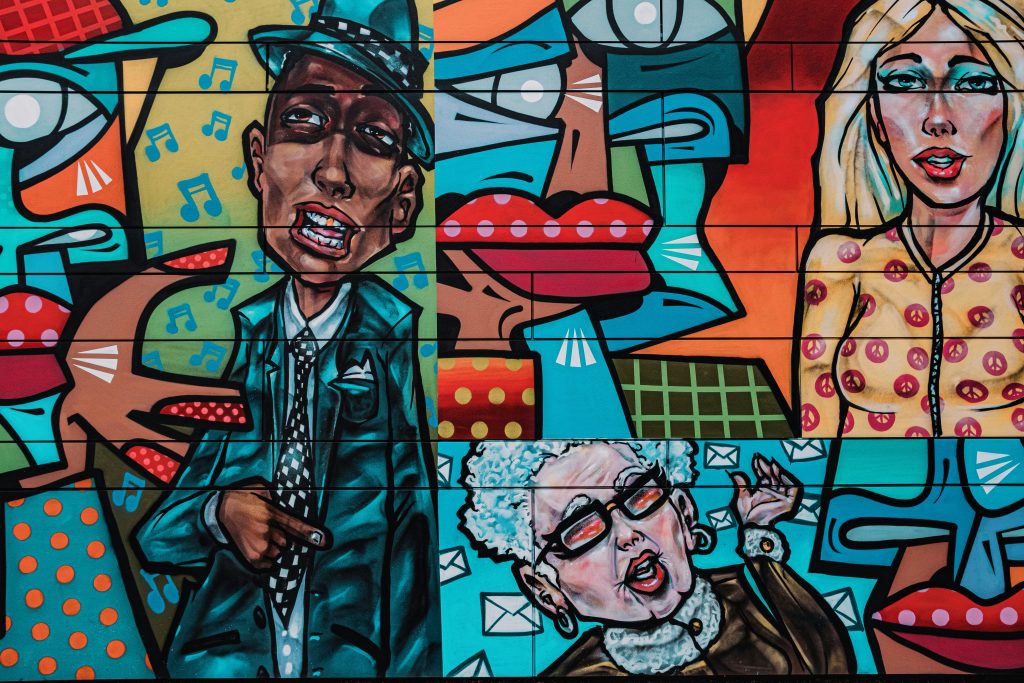
In the vast world of television, few genres captivate audiences as thoroughly as cartoons and Korean dramas (K-dramas). Both have evolved significantly over time, weaving intricate stories and compelling characters that resonate with viewers across the globe. This article delves into the unique characteristics, historical evolution, and cultural impact of cartoons and K-dramas, highlighting how these genres have come to dominate the entertainment landscape.
Cartoons: A Journey Through Animation
Early Beginnings and the Golden Age
Cartoons, or animated series, have their roots in the early 20th century, beginning as short films in theaters. Walt Disney and Warner Bros. were pioneers in this field, introducing beloved characters such as Mickey Mouse and Bugs Bunny. These early cartoons were notable for their innovative animation techniques and engaging humor.
Golden Age Highlights:
- Mickey Mouse: Disney’s flagship character who became an enduring cultural icon.
- Looney Tunes: Warner Bros.’s series that introduced characters like Bugs Bunny and Daffy Duck, known for their wit and slapstick comedy.
The Rise of Television Cartoons
With the proliferation of television in the 1950s and 1960s, cartoons found a new platform. This era saw the advent of Saturday morning cartoons, which became a beloved tradition for children.
Key Shows:
- The Flintstones: Often regarded as the first prime-time animated TV show, it brought the family sitcom format to animation.
- Scooby-Doo, Where Are You!: A mystery-solving adventure that became a long-standing franchise.
Modern Cartoons: Diversity and Depth
In recent decades, cartoons have evolved to address more complex themes and include diverse characters, appealing to a broader audience. Shows like “Avatar: The Last Airbender,” “Adventure Time,” and “Steven Universe” have been praised for their storytelling, character development, and inclusivity.
Modern Trends:
- Inclusivity: Representation of different races, genders, and sexual orientations.
- Complex Narratives: Long-form storytelling with intricate plots and character arcs.
- Artistic Innovation: Use of digital animation and unique visual styles.
K-Dramas: A Global Sensation
Origins and Growth
K-dramas began to gain significant popularity in the late 1990s and early 2000s, coinciding with the Korean Wave (Hallyu). Early hits like “Winter Sonata” and “Autumn in My Heart” captured hearts with their emotional depth and engaging storylines.
Pioneering K-Dramas:
- “Winter Sonata” (2002): A melodrama that played a pivotal role in popularizing K-dramas internationally.
- “Autumn in My Heart” (2000): Known for its tear-jerking narrative and beautiful cinematography.
Defining Characteristics
K-dramas are renowned for their distinctive storytelling, high production values, and cultural elements. Typically consisting of 16-20 episodes, they offer concise and impactful narratives.
Key Features:
- Emotional Depth: Strong focus on romance, family dynamics, and personal growth.
- High Production Quality: Beautiful cinematography, meticulous set designs, and fashionable costumes.
- Cultural Nuances: Incorporation of Korean traditions, food, and historical contexts.
Global Reach and Popularity
The global popularity of K-dramas has been bolstered by streaming services like Netflix and Viki, which provide subtitles in multiple languages. This accessibility has enabled K-dramas to reach a diverse international audience.
Reasons for Global Appeal:
- Relatable Themes: Universal themes of love, sacrifice, and redemption.
- Emotional Engagement: Ability to evoke strong emotional responses from viewers.
- Cultural Curiosity: Provides an authentic glimpse into Korean culture and lifestyle.
Comparative Analysis: Cartoons vs. K-Dramas
Storytelling Techniques
Cartoons and K-dramas both excel in storytelling but utilize different techniques. Cartoons often use humor, fantasy, and exaggerated characters to address real-world issues subtly. In contrast, K-dramas emphasize emotional depth, character development, and cultural authenticity.
Cultural Impact
Cartoons have long been a part of global pop culture, influencing fashion, language, and societal norms. Characters like Mickey Mouse and Bugs Bunny are recognized worldwide. Meanwhile, K-dramas have played a significant role in spreading Korean culture globally, influencing everything from food and fashion to language and tourism.
Audience and Reach
While cartoons traditionally target younger audiences, modern iterations have expanded to include adult viewers through mature themes and complex narratives. K-dramas, though primarily aimed at adults, have found a broad audience that includes teenagers and young adults due to their universal themes and emotional appeal.
The Future of Cartoons and K-Dramas
Emerging Trends and Innovations
As both genres continue to evolve, several trends and innovations are shaping their future.
For Cartoons:
- Interactive Storytelling: The rise of interactive cartoons where viewers can influence the plot.
- Cross-Genre Fusion: Blending animation with live-action, fantasy, and science fiction.
- Technological Advancements: Integration of augmented reality (AR) and virtual reality (VR) to create immersive experiences.
For K-Dramas:
- Global Collaborations: Increased partnerships with international studios and actors.
- Diverse Storytelling: Exploration of new genres such as science fiction, fantasy, and thriller.
- Enhanced Production Techniques: Use of advanced CGI and special effects to enhance visual storytelling.
Conclusion
Cartoons and K-dramas, though distinct in their origins and styles, share the common goal of telling compelling stories that resonate with audiences worldwide. Their evolution reflects changes in societal values, technological advancements, and cultural exchanges. As they continue to influence and inspire each other, the fusion of these genres promises to deliver even more captivating and innovative content to audiences around the globe. The future holds exciting possibilities for both cartoons and K-dramas, ensuring their continued relevance and impact in the ever-changing landscape of entertainment.
